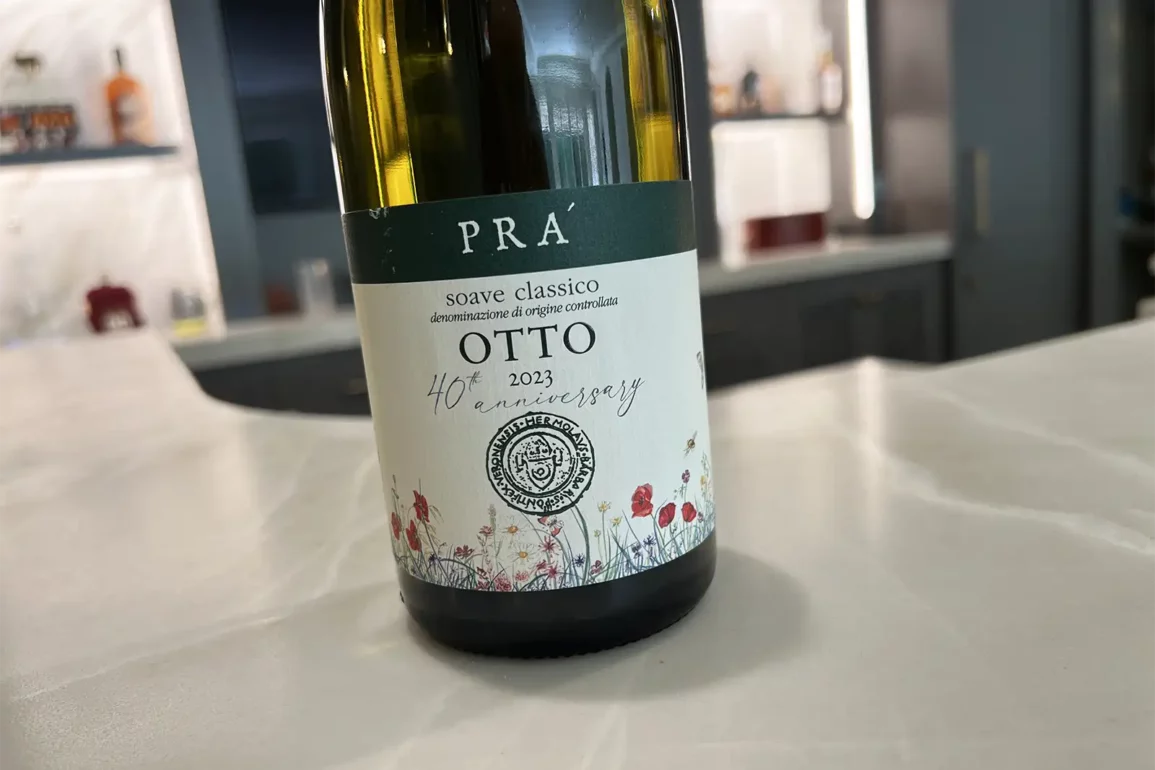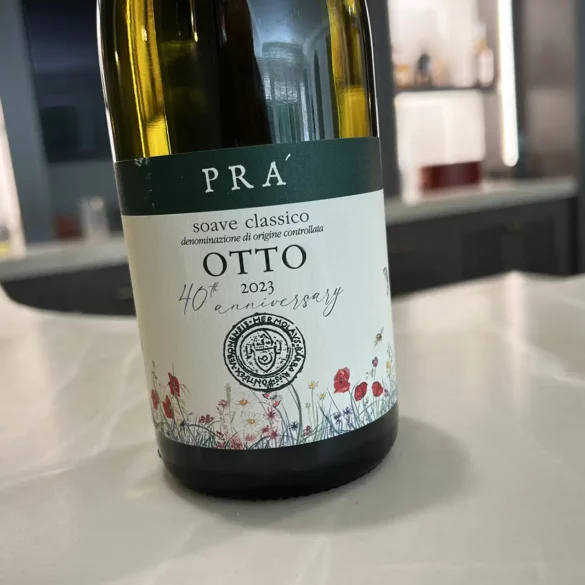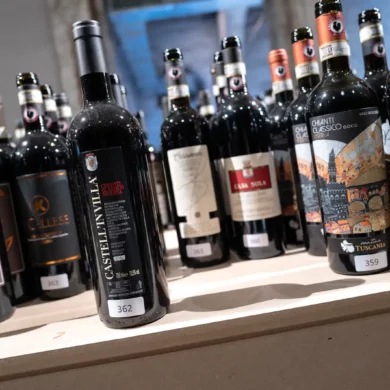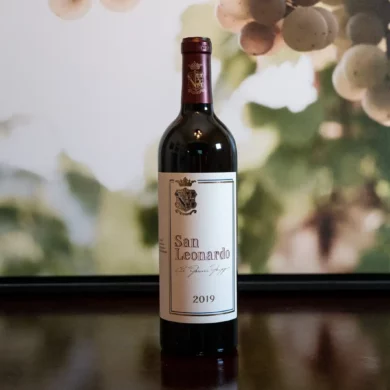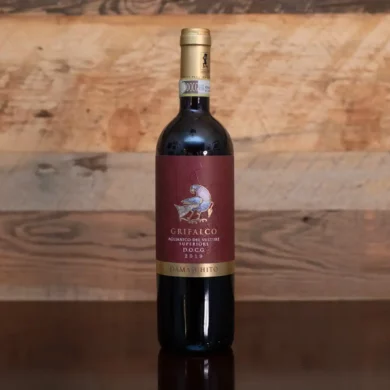In a few days, I will be welcoming contributor, sommelier and wine educator Scott Thomas of Grappolo Wine School to the pages of Opening a Bottle. He will be sharing his insights on an Italian white wine that has been much maligned for decades, but is now poised for a big comeback. Any guesses? If you said “Soave,” you wouldn’t be far off, but that’s too obvious given this Wines to Admire headline. No, he’s written a First-Taste Guide to Orvieto for us. But while attending his class on Orvieto’s wines here in Denver a few weeks ago, I couldn’t help but think of Soave as well. Both places have volcanic traces in their soil, both were once known for flimsy, serviceable and cheap anemic white wines from Italy. Now, they’re refined, detailed and graceful.
We should always keep in mind how the quality levels of Italy’s vinous past have little bearing on today’s wines.
Soave is a little more defined than Orvieto given the former’s production code stringency (or rather, the latter’s leniency). But I think we should always keep in mind how the quality levels of Italy’s vinous past have little bearing on today’s wines. Assumptions you might have made 20, 10 or even 5 years ago have little weight with what’s being done today. Just look at the remarkable turnaround of Chianti Classico, for instance.
In Soave, that revolution was lead by a cadre of wineries: Prà, Pieropan, Inama, Anselmi and Suavia come to mind, but there are others. Some of them work in nearby Valpolicella as well, but truthfully, I find Soave to be the Veneto’s most dynamic and compelling wine region at the moment. Yes, there is some volcanic soil to trumpet — which lends an electricity to white wines that is unmatched — but much of the region’s success, I think, is due to older vines of Garganega, one of Italy’s best white wine grape varieties.
Garganega is a little bit like Sicily’s Catarratto Bianco, in that its high yields have always lent it to bulk production. But if producers force either of these vines to yield less fruit — either through the use of older vines, or pruning techniques — the results can be incredible. In Garganega’s case, the overall peak expression is one of golden-green fruits and fresh-cut hay, with tinges of white flowers and honeycomb. And I particularly like how Garganega wines rarely tip over 13% alcohol, which lends balance and deliciousness to opening a bottle (or two).
The entry-level Soave from Prà — called “Otto,” not after the number eight but rather the family dog — is a vivacious and flavorful thing. Incredibly, the vines are between 30 and 60 years old, yet they are able to produce a staggering 250,000 bottles of this wine. In terms of value-for-quality, it is right up there for great, bang-for-the-buck Italian white wines.
2023 Prà “Otto” Soave Classico
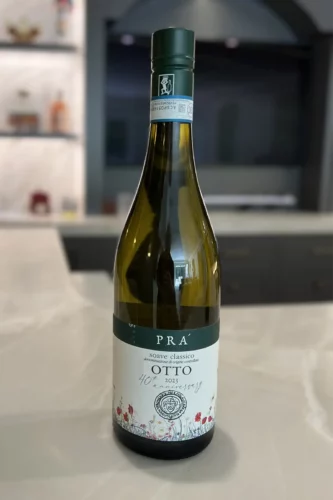 Soave Classico DOC (Veneto )
Soave Classico DOC (Veneto )
Grapes: Garganega (100%)
Alcohol: 12%
Opinion: ★★★★ 3/4
Food-friendliness: Impeccable
Value: Very Good
A beginner might like … the Sauvignon Blanc traits on the nose and the Chardonnay traits on the palate. That might seem like a very dumbed down way of looking at this wine, but its zippy aromas and then enveloping texture and flavor profile bolster this analogy, especially if you are new to the world of Garganega and Soave.
A wine obsessive might like … to know that this wine is vinified entirely in stainless steel, even though it has the relaxed shoulders of a white wine that you’d have thought spent time in oak. The vineyards are all in the Monteforte d’Alpone section of Soave’s heart.
Note: This wine was purchased with funds from subscribers like you. So thank you very much.

